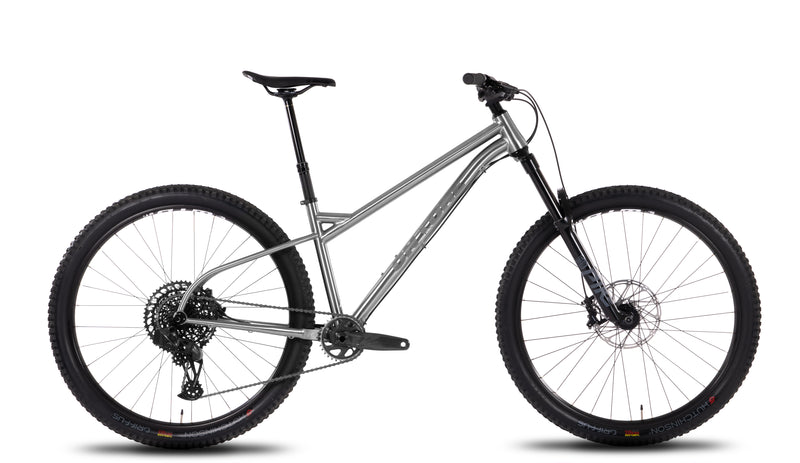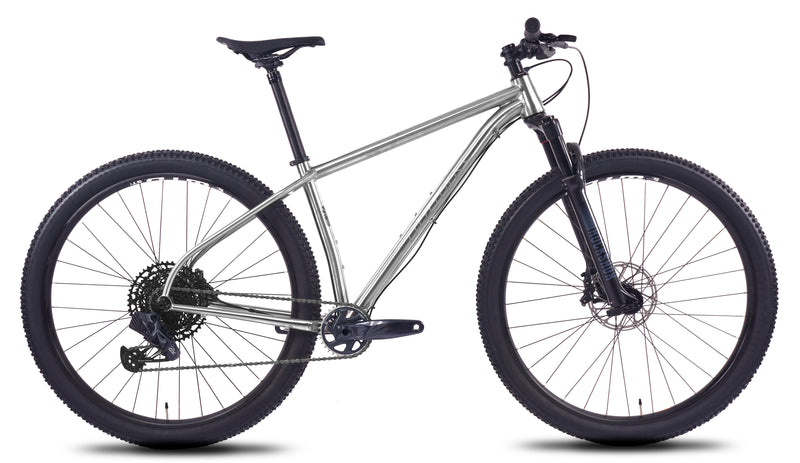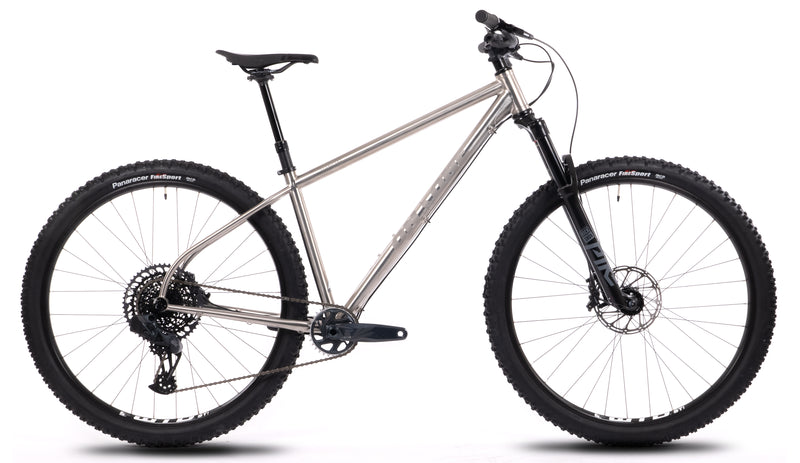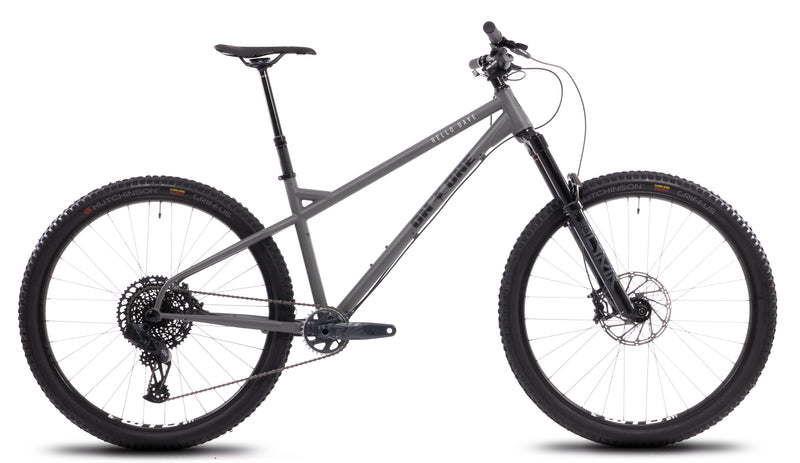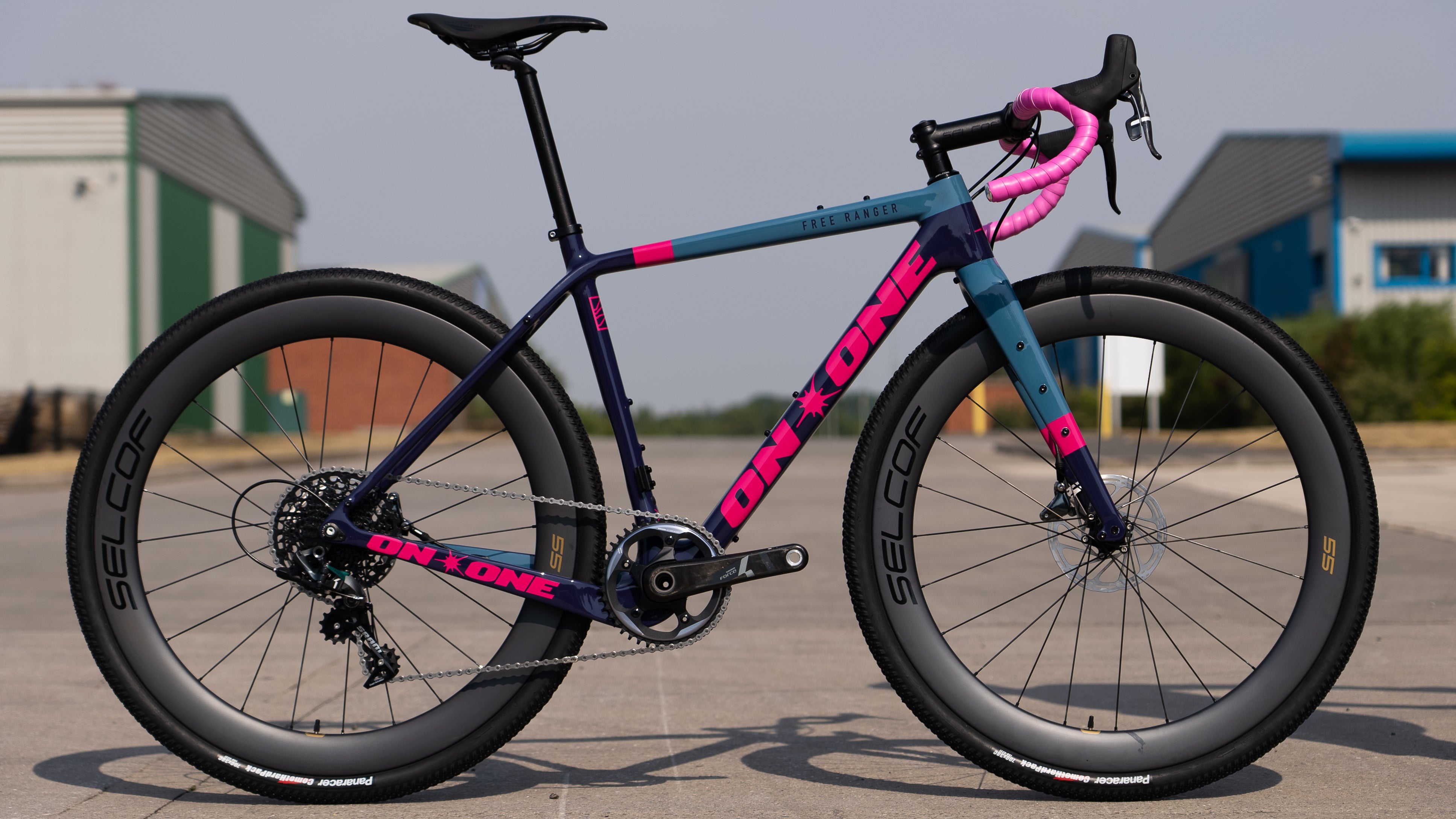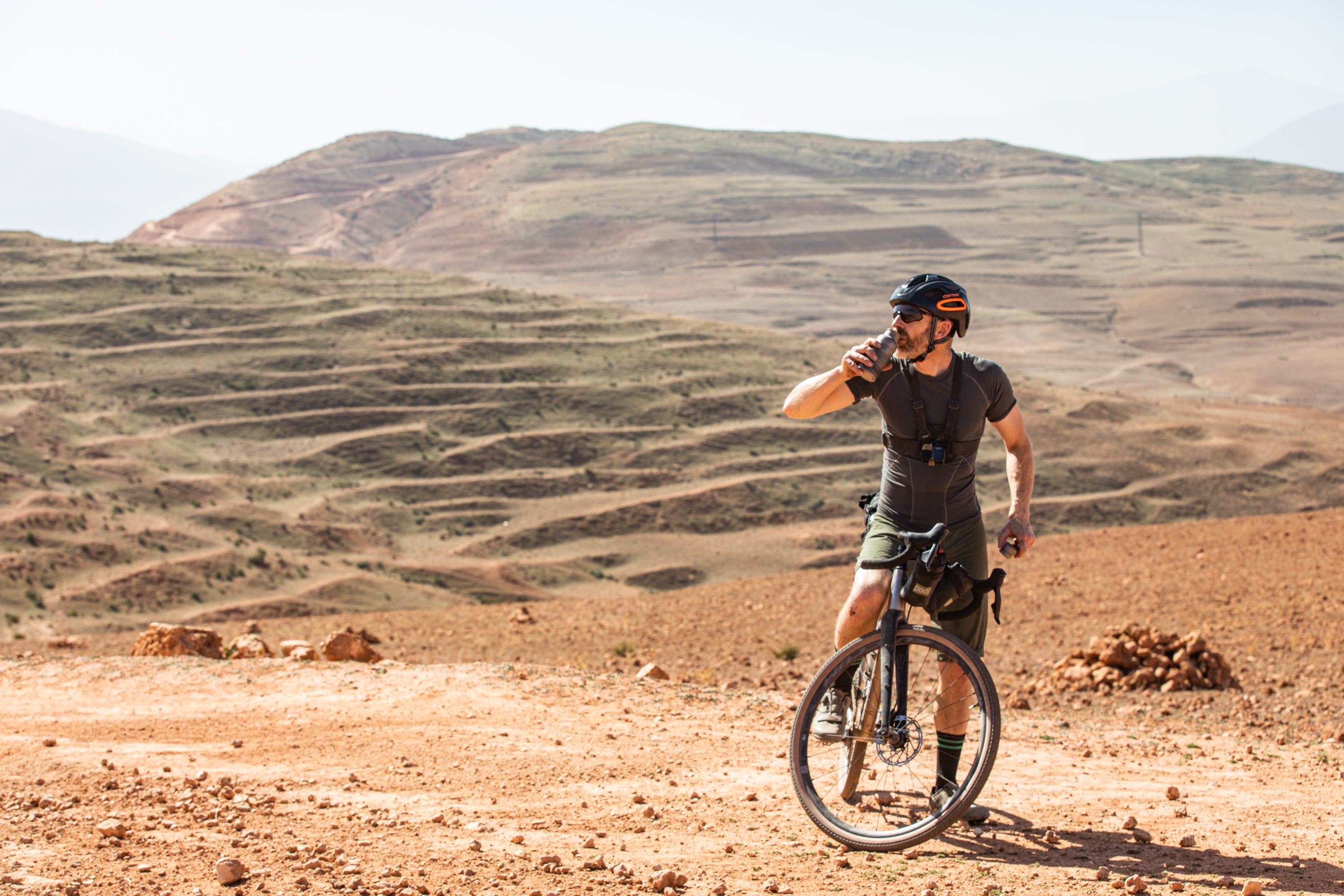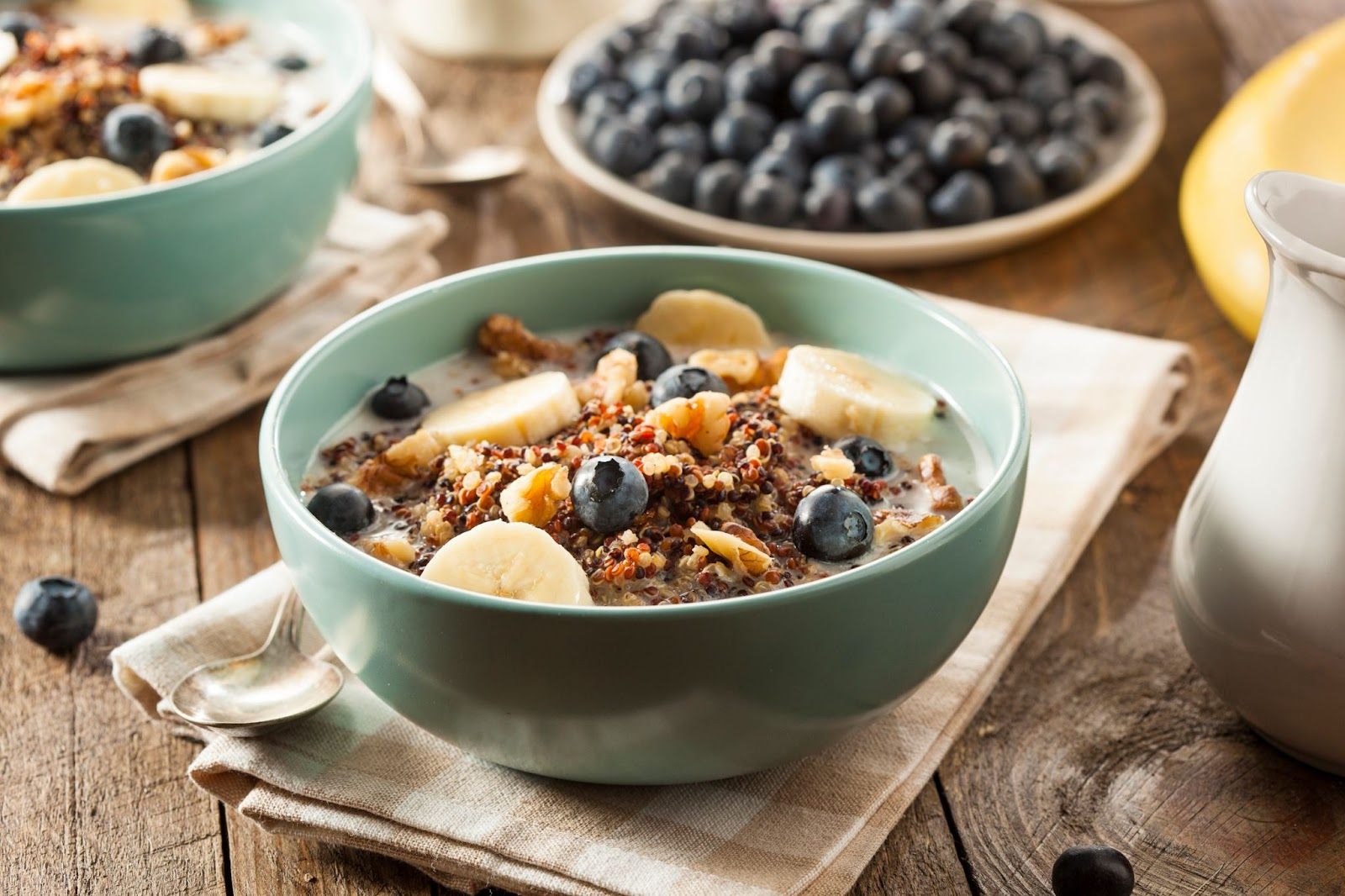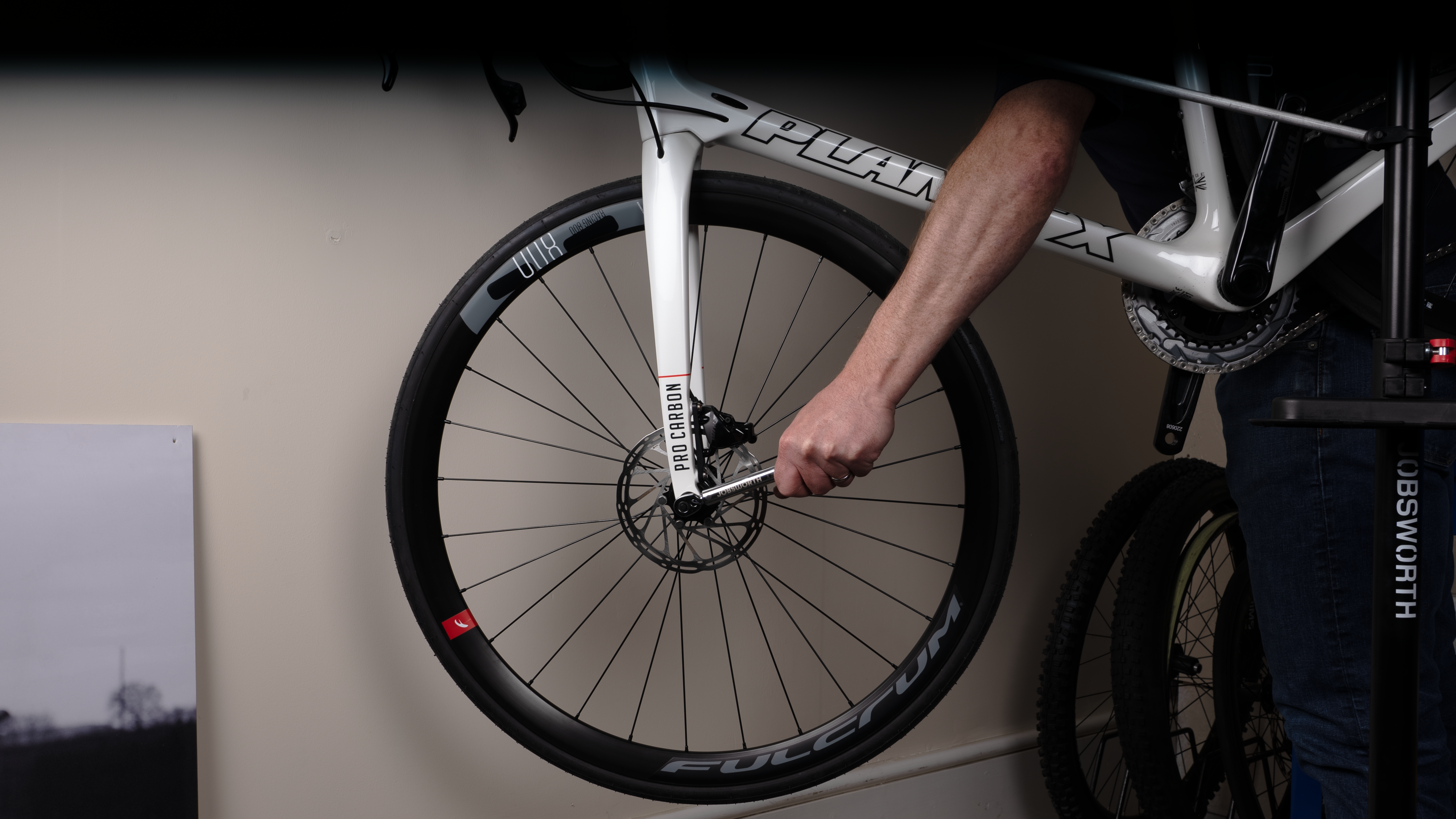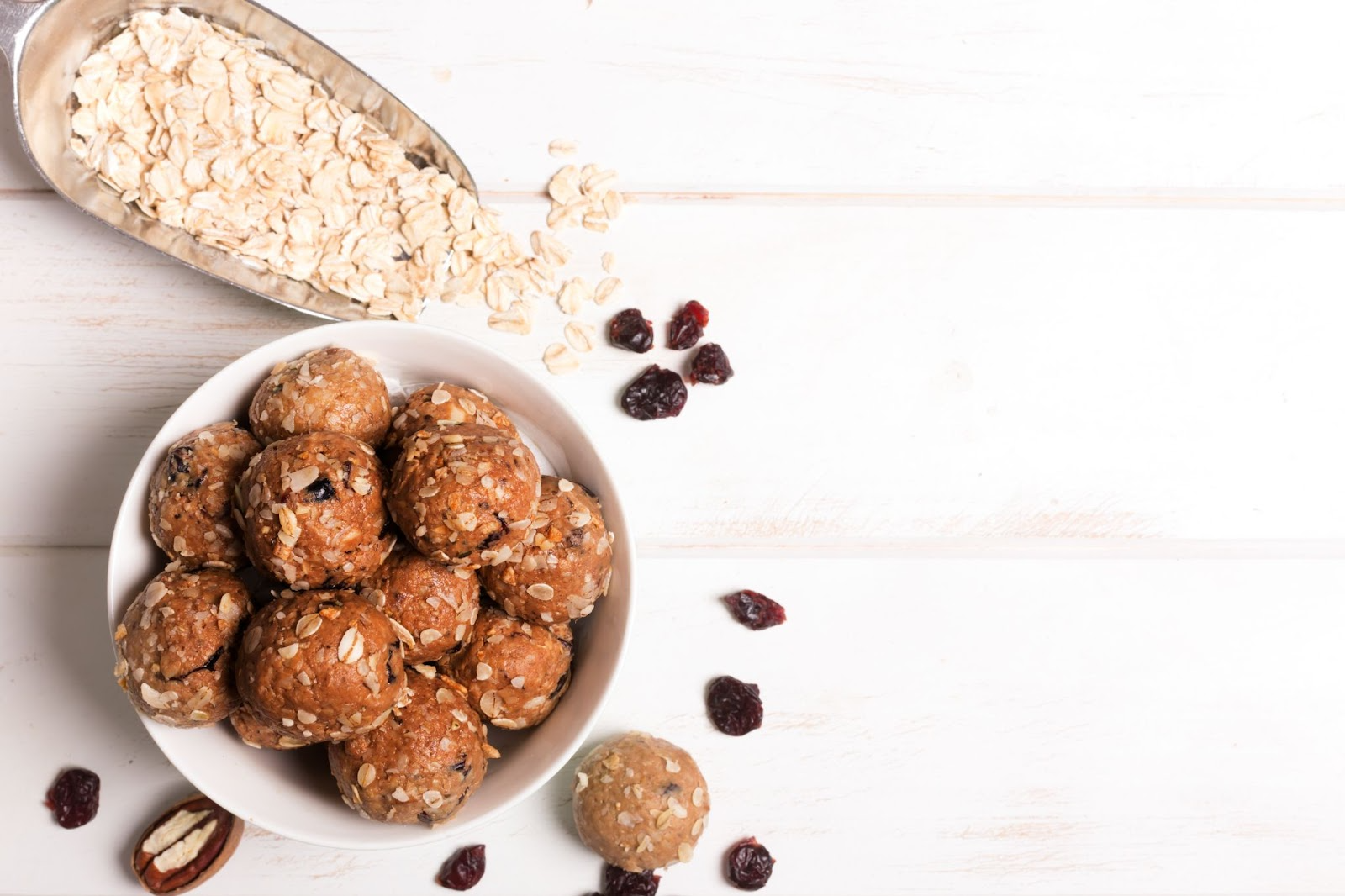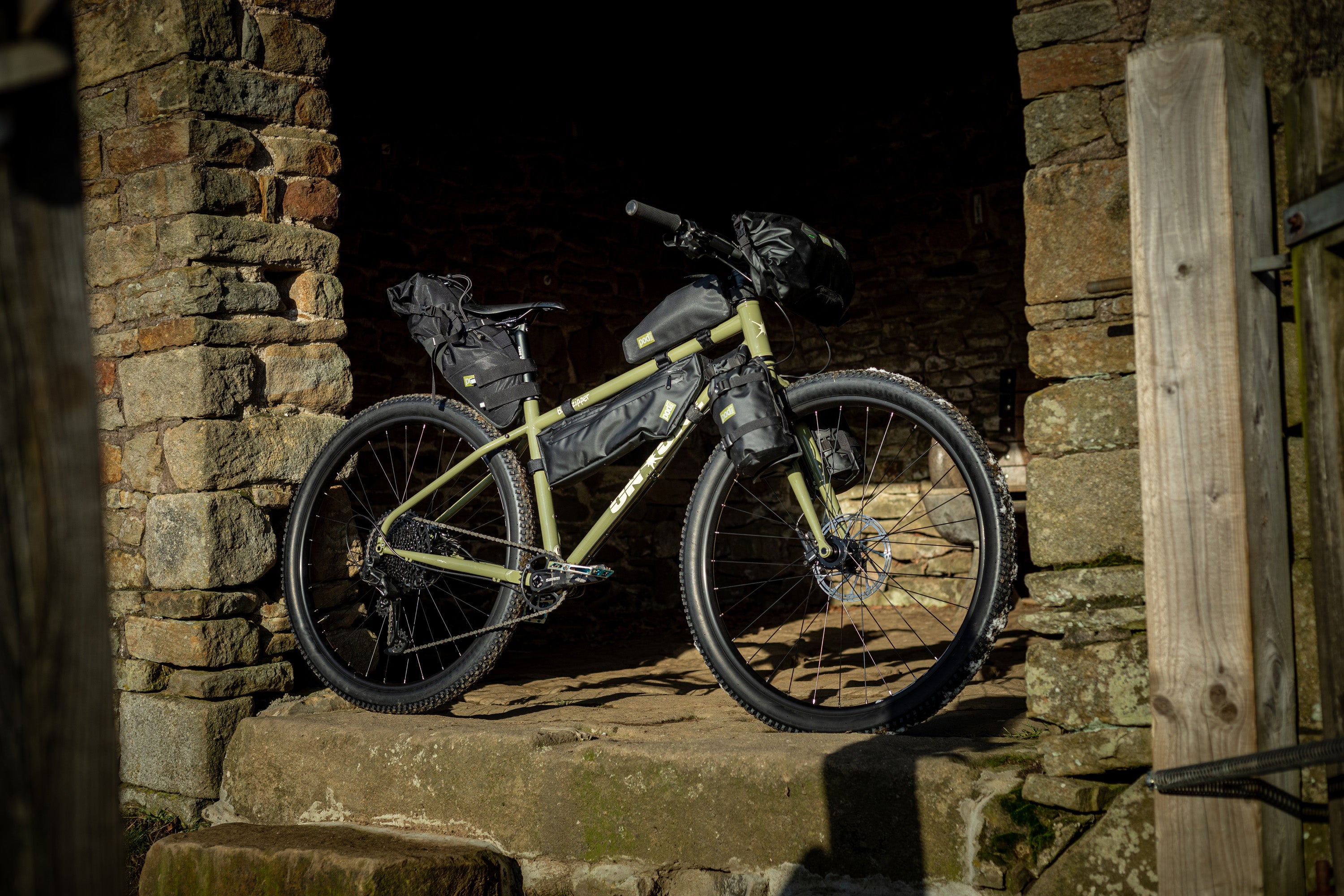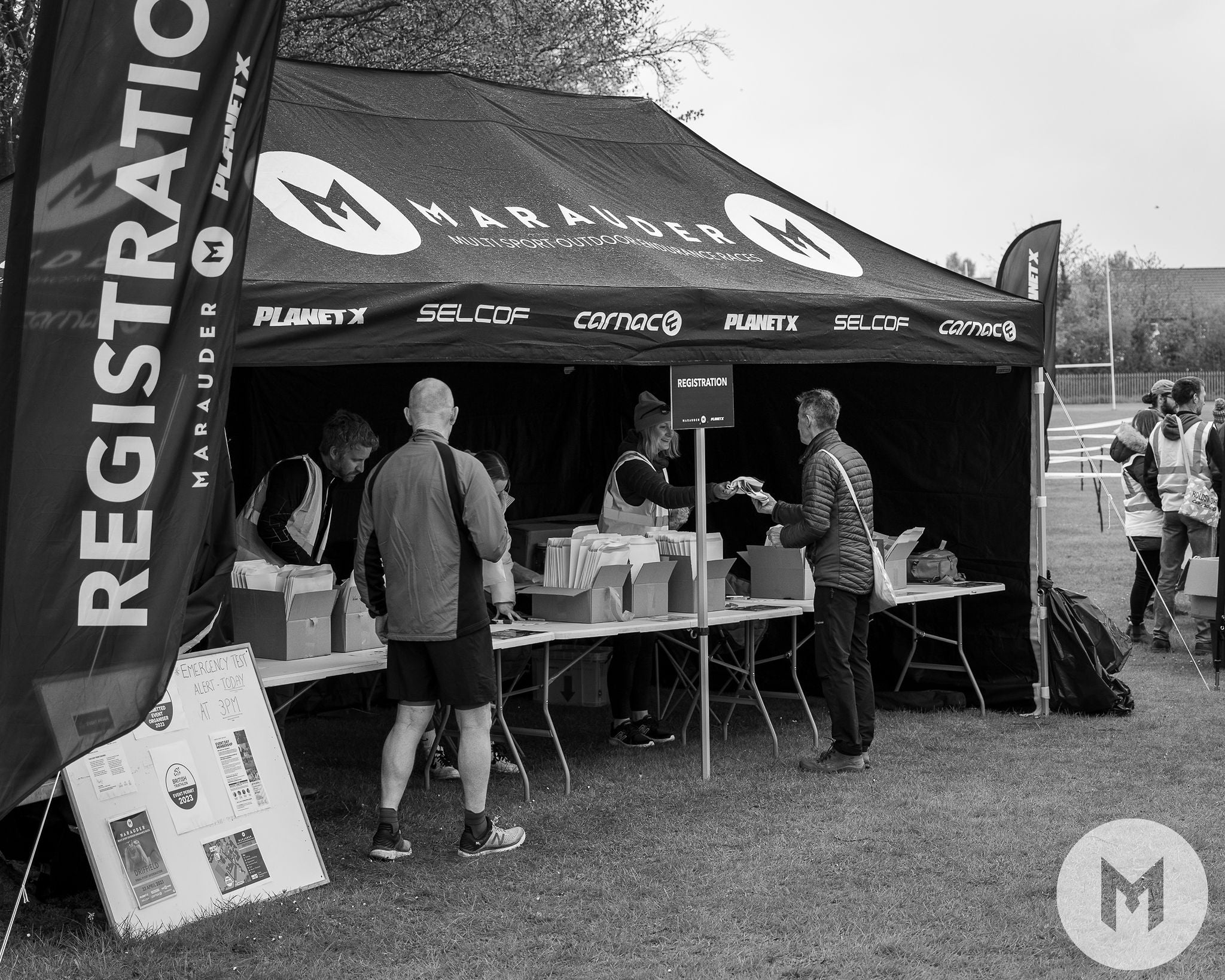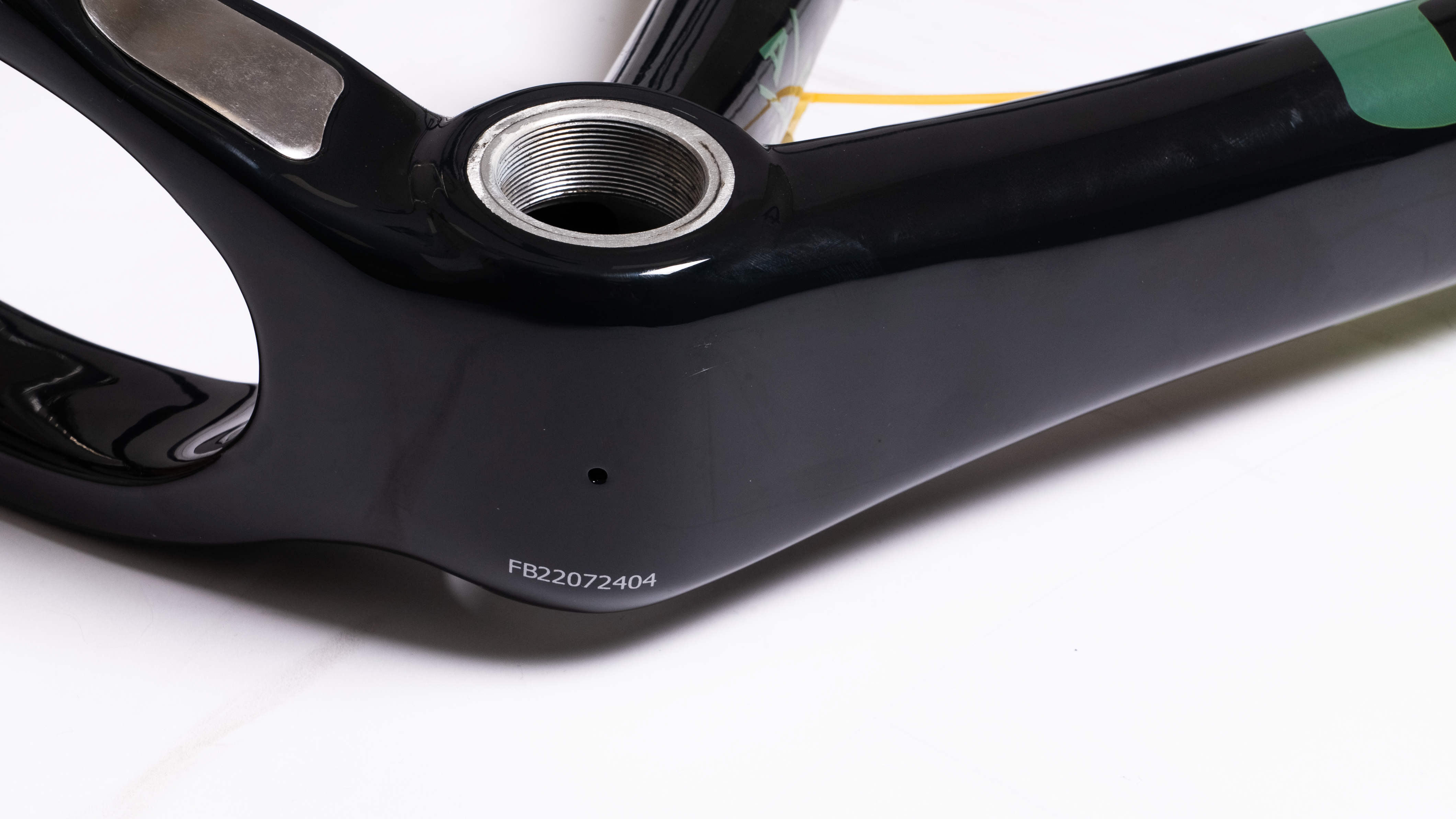How to improve balance on a bike
12 April 2023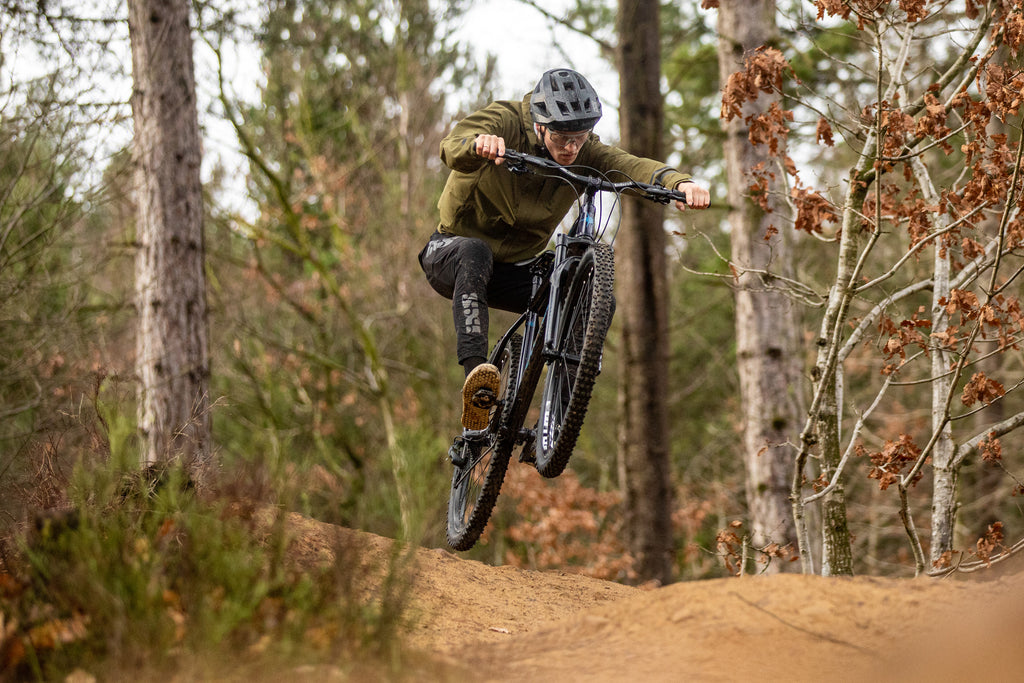

If your cycling isn’t improving the way you want it to, it could be a sign that you need to change up your usual training routine and target some of your weaknesses. Sometimes this can mean taking measures to improve your overall fitness, and other times you may need to look more specifically at your technique.
One aspect of cycling technique that can often get overlooked is your ability to balance well. This helps you to maintain a good riding position while in the saddle, which has a number of benefits. Not only are you less likely to fall from the bike and injure yourself, but you’ll also have better control of your weight distribution and aerodynamics, and suffer fewer aches and pains from uncomfortable riding positions.
Sounds good? Keep reading to learn some of our favourite ways to improve your balance for better cycling.
How to improve balance on the bike
In our day-to-day lives, we don’t often think about how our muscles act and interact to help us perform everyday tasks until we experience soreness that makes us notice every movement. The truth is, our muscles don’t just help us out when we’re lifting heavy weights or going on a long bike ride, but all the time.
The same is true for balance - we use our balancing muscles much more than we realise just to sit or stand upright, to move from sitting to standing, and to bend or lean over without falling. Therefore, improving your balance doesn’t just help with advancing your cycling performance but also your general mobility skills. On the flip side, this also means that you don’t necessarily need to spend hours at the gym or on your bike to improve your balance - although that can help. There are plenty of at-home exercises you can do to help things along, so let’s take a look at a few of our favourites.
Do squats improve cycling?
Squats are a great way for cyclists to exercise their hamstrings - and they’re not just helpful for maintaining balance. This kind of exercise can also improve your pedalling power, leading to upticks in performance. Plus, it’s an exercise that can be made harder or easier depending on your level of fitness, so it’s accessible to all cyclists.
You might be wondering how much a regular squat can help with balance. Well, firstly, squats help to strengthen your hamstrings and thighs, giving you more stability. If you think about it, your legs are the foundation which holds you upright, and a strong foundation helps to keep you steady. On top of that, the very act of squatting requires you to keep your balance. As you build your muscles, you’ll be able to squat lower and lower without feeling like you’re about to topple over - a clear sign you’re improving your balance.
If you haven’t done many squats before, stick to a regular squat with your legs roughly shoulder width apart. Focus on keeping your back straight and reaching a 90° angle when your knees are bent. Stretch your arms out in front of you to act as a counterbalance and remember to take it slow. You might feel like slowing down gives you more time to topple, but it also gives your muscles more time to grow and strengthen, increasing the impact of each individual squat. Remember, it’s better to get it right for 10 reps than it is to get it wrong for 100.
To advance this move and further improve your balance, try a one-legged squat. This is similar, but you hold one leg out in front of you and squat with the other leg. It’s a trickier move, but it can have a great impact on your overall balance. Just don’t forget to switch legs and train the other one too! And for another boost, try goblet squats - a regular squat while holding a weight in front of you.
Core workout
Your core muscles are integral to good balance, as they are directly involved with keeping you upright. Therefore, it’s only logical that strengthening your core muscles will help to improve your balance. Don’t fall into the trap of assuming that you need nothing more than a few sit-ups to do the job, though. Your core is made up of several different muscles, and improving them all as a whole will have a much greater impact on your balance and fitness than focusing on one set of muscles.
For overall core strengthening, there are few exercises so effective as the trusty plank. This simple move helps to give you a stable centre, allowing you to stay balanced through twists and turns in the saddle - and it can even help improve your stamina. To do this, get down on your hands and knees, then walk your legs back until you’re propping yourself up with hands and toes in a press-up position. Try to hold this position without letting your midsection sag downwards - holding yourself up is what strengthens the core.
It’s also a good idea to strengthen your twisting muscles to help you maintain your balance when turning or otherwise crossing your body’s centre of gravity. A good exercise to try is a set of Russian twists. Just sit on the floor with your back straight and knees bent, then lean back so that your feet leave the floor. You should feel your core tighten to keep you balanced. Then clasp your hands together and touch them to the floor on your left, then your right, then repeat. For an extra level of difficulty, hold a weight.
Practise hands-free sitting and standing
The above exercises are great for those days when you’ve got time for a workout, but is there anything you can do to improve your balance while going about your daily tasks? The answer is yes. Whenever you do anything that requires balance, try to do it hands-free. For example, when you sit down in a chair, don’t grab the armrests, the wall, or anything else to help you manage it. Just sit down using your core and legs to support you. This is a great way to keep working on your balance on rest days, as well as those hectic days where you can’t seem to find time to fit in a full workout or ride.
